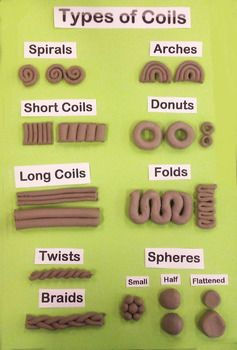Glocalization, Power, & Agency
- TheArtofMrsCastaldi

- Mar 8, 2019
- 2 min read

Globalization is the fundamental global evolution of information as it transforms human societies through economical revenue, integration, expansion of social networks, and easy accessibility of resources. According to Chanda (2007), global interaction and exchange began when traders, preachers, adventurers, and warriors initiated, forced, and created bonding among human civilizations. The evolution of the global society has played a large impact in the expansion of our museology experience as a whole. According to Bruner, it [the museum] is the “complex pursuit of fitting a culture to the needs of its members and of fitting its members and their ways of knowing to the needs of the culture”. The concept of cultural tourism transports diverse ideas and allows for both cultural exchange and understanding that provides visitor an entertaining, and informative experience. However, Modernistic museum critics argue that museums provides visitors with isolated bits of information that does not warrant any though provoking, and meaningful learning experiences. According to Bourdieu and Passeron, “culturally embedded social hierarchies predetermine the reproduction of conventional aesthetic tastes within particular cultural groups.
One local example is the Ah-Tah-Thi-Ki Museum that represents a museum operating on behalf of society where the general public is able to be educated and use the resources within the museum to understand the ever heated critical issues of their time in regards to politics locally, nationally, and regionally. The Ah-Tah-Thi-Ki Museum was established in order to educate and share the stories of the Seminole people-men, women, and children that were “hunted with bloodhounds, rounded up like cattle, and forced onto ships that carried them to New Orleans, and up the Mississippi”. The museum was designed to not only tell the stories, but partnership in assisting the reconstruction of the community that was devastated by the tragic event that effected over five thousand people in exile over the span of twenty years within Seminole Tribe’s vicious relocation under the direct of William S. Harney. “Ah-Tah-Thi-Ki” means a place to learn, a place to remember and was designed to help celebrate, interpret, and preserve the Seminole culture. The museum affiliates with the Smithsonian museum to assist in preserving and educating a global understanding, and experience of the banishment and relocation of the Seminole tribe.
A global example is the The District Six Museum in Cape Town, South Africa represents a museum operating on behalf of society where the general public is able to be educated and use the resources within the museum to understand the ever heated critical issues of their time in regards to politics locally, nationally, and regionally. The District Six Museum was established in order to educate and share the stories of those in the 1994 predominantly ‘Black’ suburb that were a part of the forced removals by the White regime. The museum was designed to not only tell the stories, but partnership in assisting the reconstruction of the community that was devastated by the tragic event.


Comments